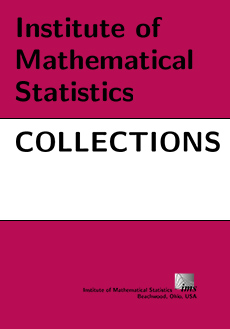Abstract
Let M be a finite set, P be a stochastic matrix and U={(Zn)} be the family of all finite Markov chains (MC) (Zn) defined by M, P, and all possible initial distributions. The behavior of a MC (Zn) is a classical result of probability theory derived in the 1930s by A. N. Kolmogorov and W. Doeblin. If a stochastic matrix P is replaced by a sequence of stochastic matrices (Pn) and transitions at moment n are defined by Pn, then U becomes a family of nonhomogeneous MCs. There are numerous results concerning the behavior of such MCs given some specific properties of the sequence (Pn). But what if there are no assumptions about sequence (Pn)? Is it possible to say something about the behavior of the family U? The surprising answer to this question is Yes. Such behavior is described by a theorem which we call a decomposition- separation (DS) theorem, and which was initiated by a small paper of A. N. Kolmogorov (1936) and formulated and proved in a few stages in a series of papers including D. Blackwell (1945), H. Cohn (1971, 1989), and I. Sonin (1987, 1991, 1996).
Information
Digital Object Identifier: 10.1214/074921708000000264


